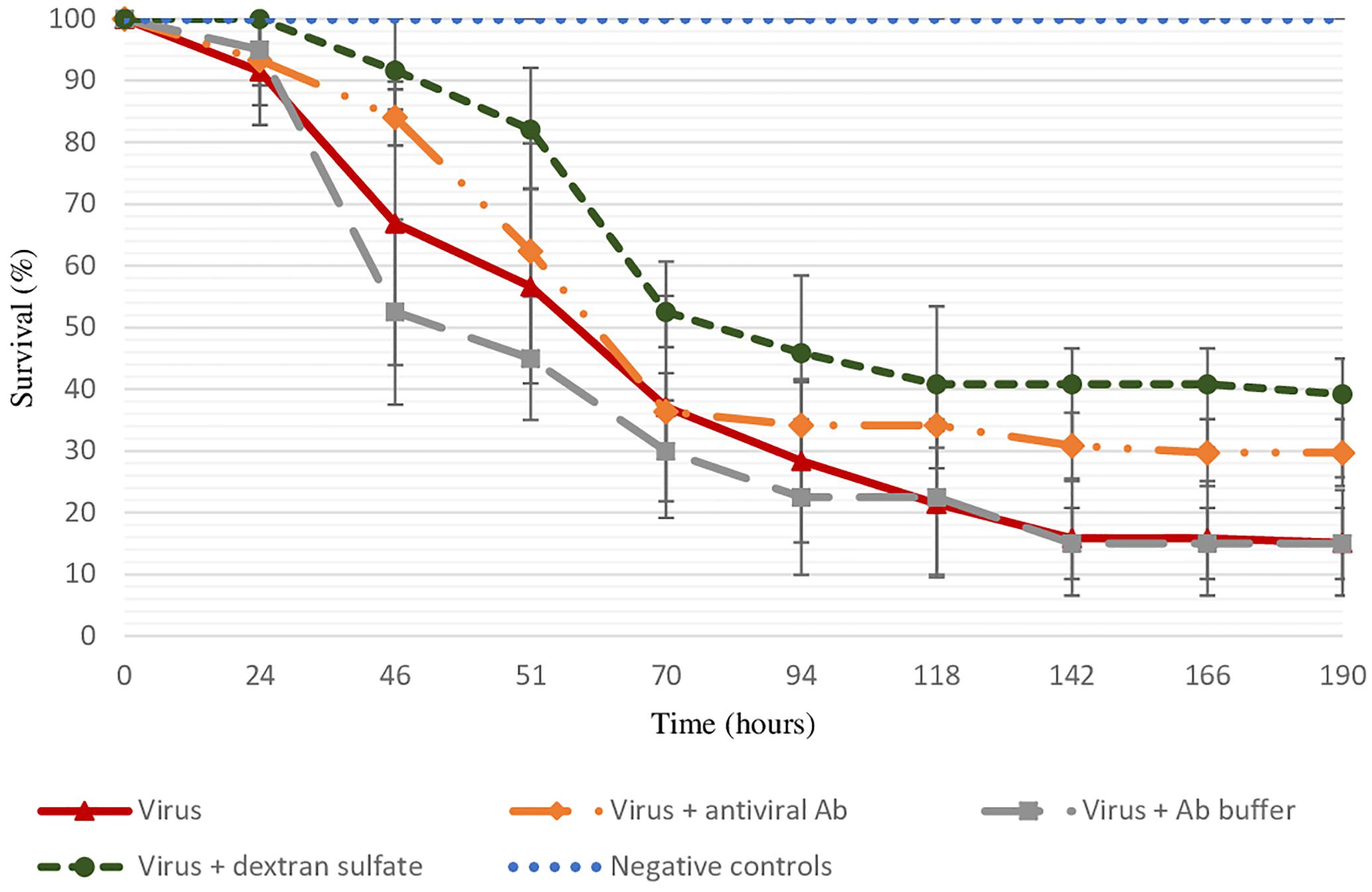
The Gulf Coast Vulnerability Assessment: Mangrove, Tidal Emergent Marsh, Barrier Islands, and Oyster Reef. Watson, A., Reece, J., Tirpak, B.E., Edwards, C.K., Geselbracht, L., Woodrey, M., La Peyre, M.K., and Dalyander, P.S., 2017, The Gulf Coast Vulnerability Assessment: Mangrove, Tidal Emergent Marsh, Barrier Islands, and Oyster Reef: Forest and Wildlife Research Center, Research Bulletin WFA421, Mississippi State University, 100 p. Oyster-mediated nutrient bioassimilation, burial and denitrification: effects of timing and location.

Westbrook, P., Heffner, L., La Peyre, MK.

Modeling structural mechanics of oyster reef self-organization including environmental constraints and community interactions. Yurek S, Eaton MJ, Lavaud R, Laney RW, DeAngelis D, Pine III, WE, La Peyre MK, Martin J, Frederick P, Wang H, Lowe MR, Johnson F, Camp EV, Mordecai R. La Peyre regularly teaches courses in Natural Resources Policy, and Science Communication. Her research uses an interdisciplinary approach, combining metabolic, organismal to population and ecosystem level studies to facilitate and enable the development of robust mechanistic understanding and models transferable to a variety of estuarine systems. La Peyre’s core research areas focus on shellfish (oyster) metabolism, population dynamics, oyster reef restoration and ecosystem service provision, and dynamics of estuarine submerged aquatic vegetation.
#OYSTER SPAT MORTALITY LOUISIAN DRIVERS#
La Peyre conducts research on shallow water estuarine ecology and restoration linking biotic and abiotic drivers to inform our understanding and management of biogenic habitat forming keystone species including reef forming shellfish, and submerged aquatic vegetation. Geological Survey’s Wetland and Aquatic Resources Center before joining the Louisiana Unit in 2000. La Peyre received graduate degrees from the Virginia Institute of Marine Science, College of William and Mary, and Louisiana State University and was a post-doctoral fellow at the U.S.


 0 kommentar(er)
0 kommentar(er)
